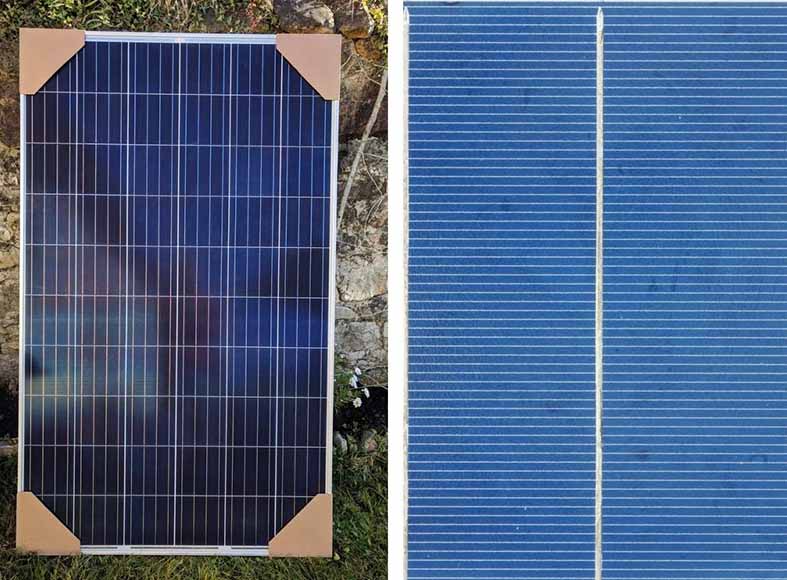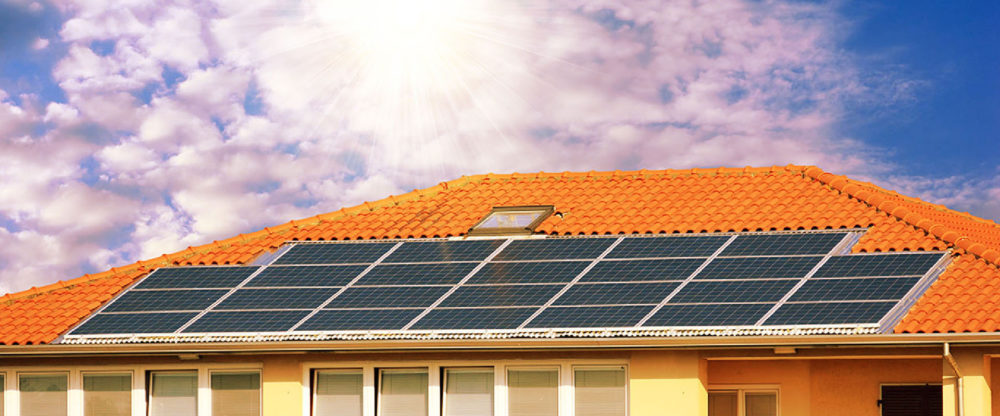Commonly used solar panels in India, their features and how to choose an ideal one as per your requirements

With electricity bills surging day by day and conventional fuel sources depleting at an unprecedented rate, our heads should naturally move towards the massive source of energy hovering above us that is sending down almost 1050 W/m2 in the form of radiation on to the Earth’s surface. In India alone, which sees around 300 clear sunny days, the total solar power available for potential use amounts to about 5 trillion kWh/yr. Even if a fraction of this can be captured efficiently and used to feed the growing demands, our dependency on coal and petroleum will be reduced by a large extent and harmful carbon emissions can also be brought under check.
Thus, the necessity of solar panels is abundantly clear. The next obvious question which comes up is which type of solar panel can serve you the best? The initial cost of the entire solar kit does play a crucial role in the decision-making process and hence your selection must be so that you can retrieve the maximum returns from the solar installation.
Types of solar panels
Although there are many types of solar panels available globally, in India, you will typically get the following two options while buying:
- Monocrystalline solar panel – where the entire panel is made up of a single layer of uniform, pure silicon crystal bars.
- Polycrystalline solar panel – where different layers of crystals are moulded together to form a single panel.
Polycrystalline solar panels are available in abundance in the country owing to its lower price tag as compared to monocrystalline solar panels, still, you must make your choice depending on the following criteria that are different for both the types.
Output efficiency
Monocrystalline panels are more power efficient than the polycrystalline ones due to their structural difference. For instance, a polycrystalline 100-watt solar panel can give you efficiency at the rate of 17% maximum while its monocrystalline counterpart at the same rating can deliver up to 19%.
This makes monocrystalline solar panels suitable for places where there is a space-crunch and more power per unit area is required from the panel. Also, note that the price tag will go up with increased demand in efficiency.
There is not much to differentiate here between mono and polycrystalline solar panels. Both are available in a wide range of output power segregated in terms of their efficiency. You can choose from a range of 50 to 400-watt solar panel options in slots of 13-17% efficiency for polycrystalline panels and 17-19% for monocrystalline panels. Your selection should depend on your net requirement.Location
Where you place the solar panel will determine the maximum power output that you actually get from the panel. Monocrystalline panels work best when the sunlight is direct and the place seldom receives any shade. However, if there is any significant obstruction in some form, they will act the same way as polycrystalline panels and the larger investment will be meaningless. Thus, inspect your geographic location, the area around the panel and then decide on a type.Certifications
The Ministry of New and Renewable Energy (MNRE) of India supervises the production and sale of all solar panels in the country. Irrespective of the type you choose, you must consider whether the product you are buying has the necessary certifications. All crystalline silicon modules must conform with the IEC 61215/ IS 14286 and IEC 61730 Part I requirements. For coastal regions, the Ministry requires manufacturers to undergo Salt Mist Corrosion Testing in lines of IEC 61701/ IS 61701. Make sure these mandates, which are a mark of the panel’s quality, have been followed.Ambient temperature
The temperature to which the panel is exposed to also affects its efficiency. So, a 300-watt solar panel will never deliver 300 watts if it is continuously exposed to higher temperatures than the optimal. Typically, manufacturers provide what is called a temperature coefficient rating which tells you the decrease in power output with increasing temperature. Lower the coefficient, the better. Measure the average temperature of your region, calculate the expected power and choose between the types according to the required efficiency.
It is all about the budgeting
Everything comes down to the budget you have even when the need is imminent. Whether you go for a 200-watt solar panel or a 400-watt solar panel, monocrystalline or polycrystalline, you must hinge all the above parameters against the pricing of the panel as the axis and then decide which one will give you the best ROI in the minimum possible time. For a sustainable future, renewable power sources must supplement the available conventional forms and solar does provide us with the best outright option.


